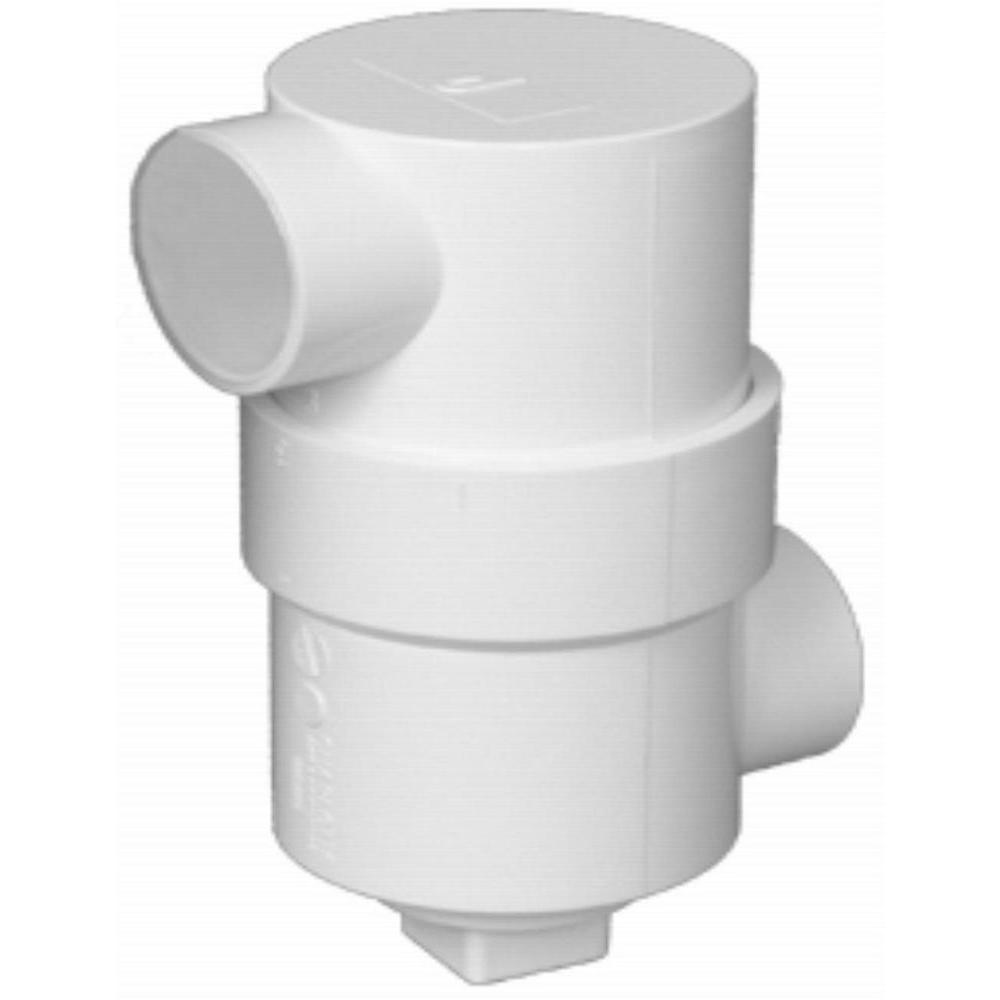Zimm0who0net
Member
So a little over a decade ago I remodeled my house. The kitchen moved and the plumber decided that rather than saw cut a huge swath of slab he would go through the stem wall and underground to connect with the main sewer line running to the street. Inside, the line came through the stem and straight up through the bottom of the cabinet.
I hooked up the last part and knowing nothing I just went to the big box store and bought the fittings to connect A (the sink) to B (the vertical drain), which ended up being an S-trap (seriously, how can stores still sell those things???). I now know a bit more and realize the plumber intended this line have a P-trap with an AAV installed, but that was never done.
So here I am running the main sink in the house with a disposal and dishwasher without a vent in sight for over a decade! Not a single clog, no noticeable gurgling or smells.
So I’m planning on ripping the S-trap out and plumbing this correctly, but it’s interesting to me how resilient plumbing can be even when you do everything wrong.
I hooked up the last part and knowing nothing I just went to the big box store and bought the fittings to connect A (the sink) to B (the vertical drain), which ended up being an S-trap (seriously, how can stores still sell those things???). I now know a bit more and realize the plumber intended this line have a P-trap with an AAV installed, but that was never done.
So here I am running the main sink in the house with a disposal and dishwasher without a vent in sight for over a decade! Not a single clog, no noticeable gurgling or smells.
So I’m planning on ripping the S-trap out and plumbing this correctly, but it’s interesting to me how resilient plumbing can be even when you do everything wrong.

